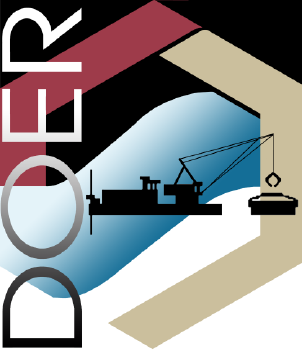Beneficial Use Goods and Services Tool (BUGS)
The Beneficial Use Goods and Services (BUGS) Tool is a preliminary planning aid designed to document and compare beneficial use placement site options along with their associated ecosystem goods and services. This approach supports multiple viable beneficial use (BU) options with varying benefits. The tool aims to provide a comprehensive understanding of short- and long-term benefits and costs for each beneficial use alternative. The information generated through the BUGS Tool can be referenced in future USACE BUGS efforts, studies, and projects, allowing users to build on past successes. The initial effort involves organizing thoughts and some data. This foundational layer sets the stage for future use and expansion. Each subsequent year, this initial information is leveraged, and additional layers are added. These layers include new data, refined analyses, and updated insights. Over time, this layered approach results in a comprehensive, rich repository of information that enhances decision-making and project planning. By continuously building and layering information, users can create a robust, evolving resource that grows more valuable and insightful with each iteration. This method ensures that the initial investment in organizing data and thoughts pays dividends in the long term, providing a solid foundation for ongoing and future projects.
Version 2 of the Beneficial Use Goods and Services (BUGS) Tool has been released. This update streamlines ecosystem goods and services (EGS) selection. Choices in Table 2 now automatically populate the weighted decision matrix. The "show your work" feature is now more meaningful and directly linked to user inputs, providing a more transparent and integrated experience. Building and searching attribute lists for each EGS is simpler, and new summary reports better enable communication of the results.
Information for BUGS
- Type: Downloadable spreadsheet
- User: USACE, Stakeholders
- POCs: Burton.Suedel@usace.army.mil
Justin.L.Wilkens@usace.army.mil
Benjamin.E.Emery@usace.army.mil
Jennifer.Miller@usace.army.mil - Request Download: BUGS Tool V2.0
